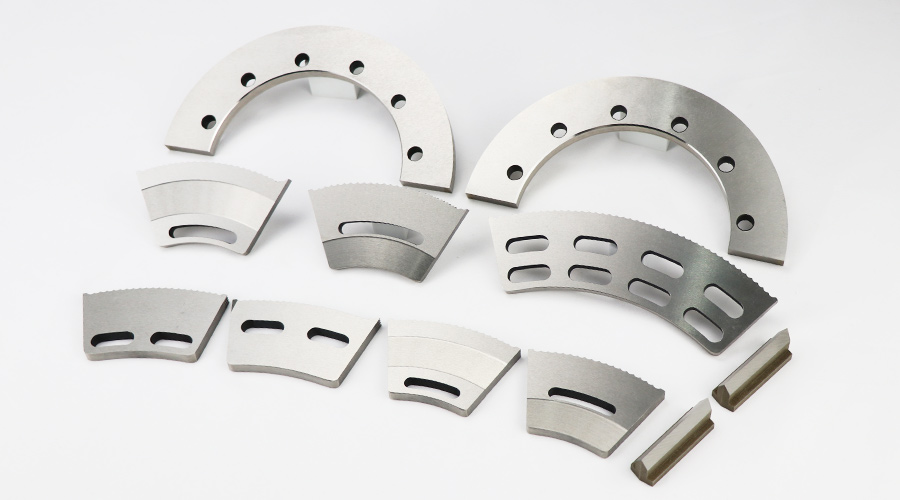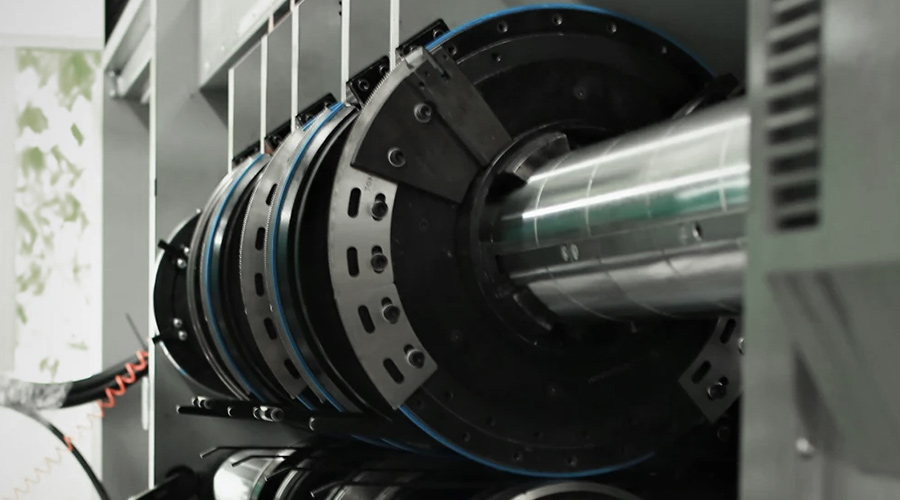In the field of machining, the use of slotter knives is extremely common, but the burr problem generated during the cutting process has been plagued by many manufacturers. Although the burr is small, but its harm should not be underestimated, they not only affect the aesthetics of the product, but also may reduce the service life of the product, and even lead to equipment failure. So, what's the best advice for facing the problem of burrs coming out of slotter blades cut?
Optimization of cutting parameters is the key to reducing burrs. Excessive cutting speed may result in the tool not being able to fully cut into the material, causing the material to be stretched and form burrs during the cutting process. Therefore, it is critical to adjust the cutting speed to the proper range to ensure that the tool is able to cut the material smoothly. At the same time, too large a feed and too shallow a depth of cut can also lead to burr formation. Reducing the feed and increasing the depth of cut will ensure that the material is completely removed and reduce the formation of edge burrs.
Tool selection and maintenance should not be overlooked as well. Dullness or wear of the tool will seriously affect its cutting effect, so that the material can not be cleanly cut off, thus leaving burrs on the edge. Therefore, regular inspection of the tool status, timely replacement or sharpening of the tool, to maintain the sharpness of the tool, is an effective means to reduce burrs. In addition, the angle of the tool needs to be optimized according to the characteristics of the material to be processed in order to reduce the plastic deformation of the material during the cutting process, thus reducing the generation of burrs.
Material selection and pretreatment also has an important impact on the burr problem. High toughness materials are not easy to break in the cutting process, easy to plastic deformation, the formation of elongated burrs. For this type of material, suitable cutting parameters and tools should be selected to reduce its plastic deformation. At the same time, the uneven hardness of the material may also lead to large changes in the cutting force during the cutting process, and burrs are easily produced in the softer or harder areas. Therefore, ensuring that the quality of the material is stable, or improving its uniformity through appropriate heat treatment, is also an important way to solve the burr problem.
The choice of machining method and machine tool is equally important. Unreasonable cutting sequence and unstable workpiece clamping may lead to deformation or incomplete fixation of the workpiece during the cutting process, thus causing burrs. Optimizing the cutting sequence and using the proper fixtures and clamping force can ensure the stability of the workpiece during machining and reduce the generation of burrs. In addition, the rigidity and accuracy of the machine tool also directly affects the cutting quality. Choosing a machine tool with good rigidity and regularly maintaining and calibrating it can ensure the stability and accuracy of the cutting process, thus reducing the generation of burrs.
In addition to the above measures, you can also consider using some advanced deburring technology, such as grinding deburring, freezing deburring, ultrasonic deburring and so on. These technologies can be flexibly selected according to the actual situation to achieve the best deburring effect.
In summary, to solve the problem of burrs cut out by the grooving knife needs to start from the optimization of cutting parameters, tool selection and maintenance, material selection and pretreatment, processing methods and machine tool selection, as well as deburring technology and other aspects. Only by comprehensively considering these factors can we effectively reduce or eliminate burrs and improve the processing quality and surface finish of products.
Later, We will continue to update information about industrial blades, and you can find more information on our website (passiontool.com) blog.
Of course, you can also pay attention to our Official social media:
Post time: Mar-28-2025












